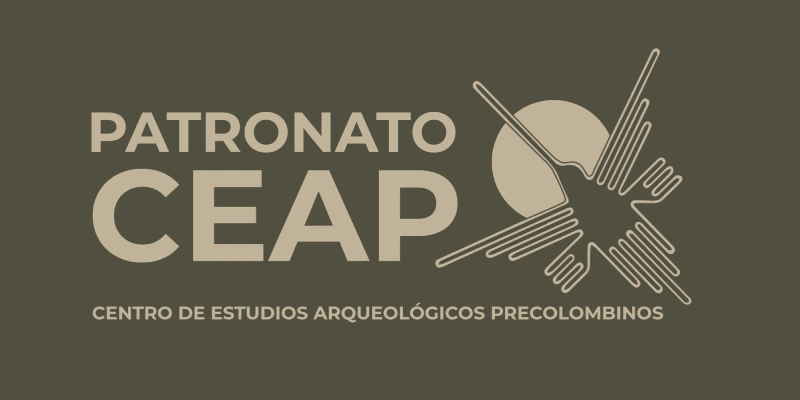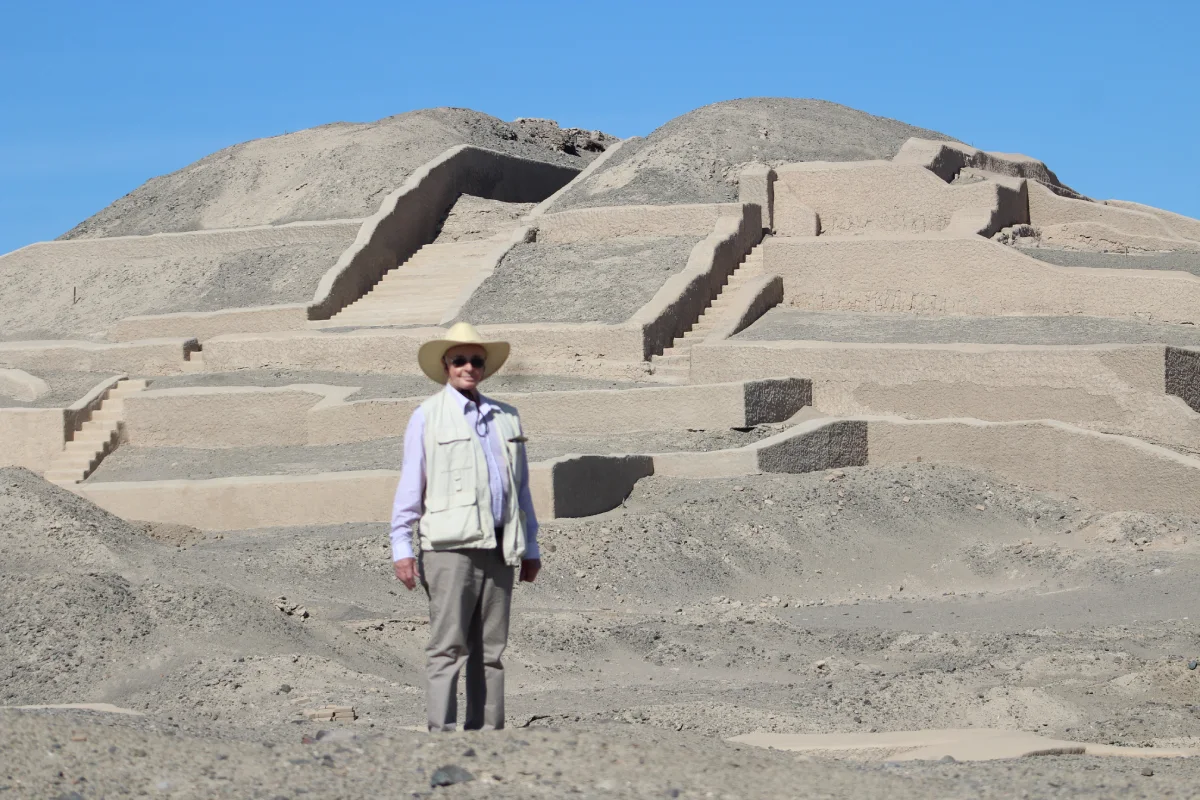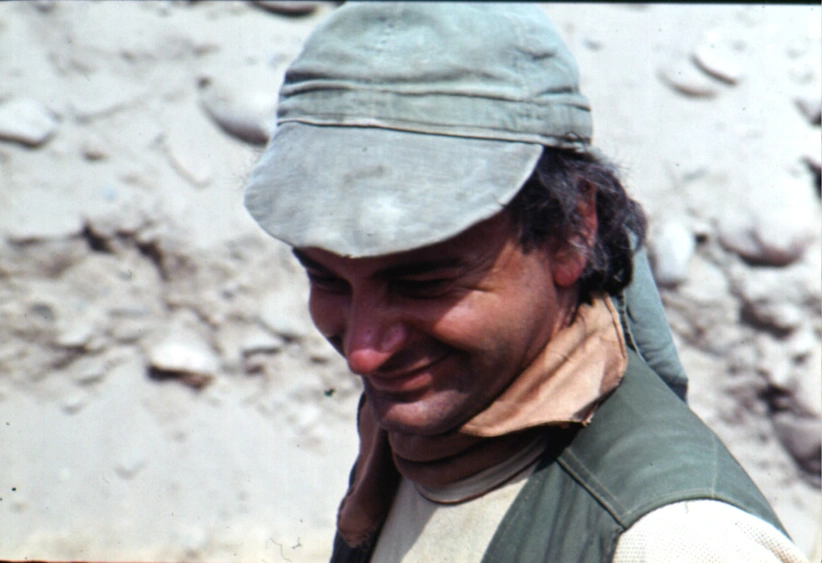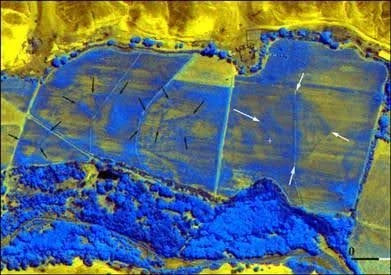Is it important to preserve the cultural heritage of Nasca?
When we speak of the cultural heritage of Nasca, we are referring to much more than a set of archaeological remains or a museum. We are talking about ourselves, about our own identity, about people like you and me—who lived and suffered, who loved and were loved, and whose faces were caressed by the sun, as a poet once said. This is what we mean when we speak of a living heritage. But it also includes places and objects that reveal the traces of what those people—like us—achieved through enormous effort and sacrifice: the NASCA culture, one of the most fascinating civilizations of ancient Peru that continues to amaze the world today. Preserving that legacy means not only protecting ruins or museum pieces, but also keeping alive an identity, a history, and a heritage that belongs to all humanity.
What are the reasons why protecting this heritage is essential? What are the challenges faced in its rescue and conservation? And what can we do to lend a hand in this effort?
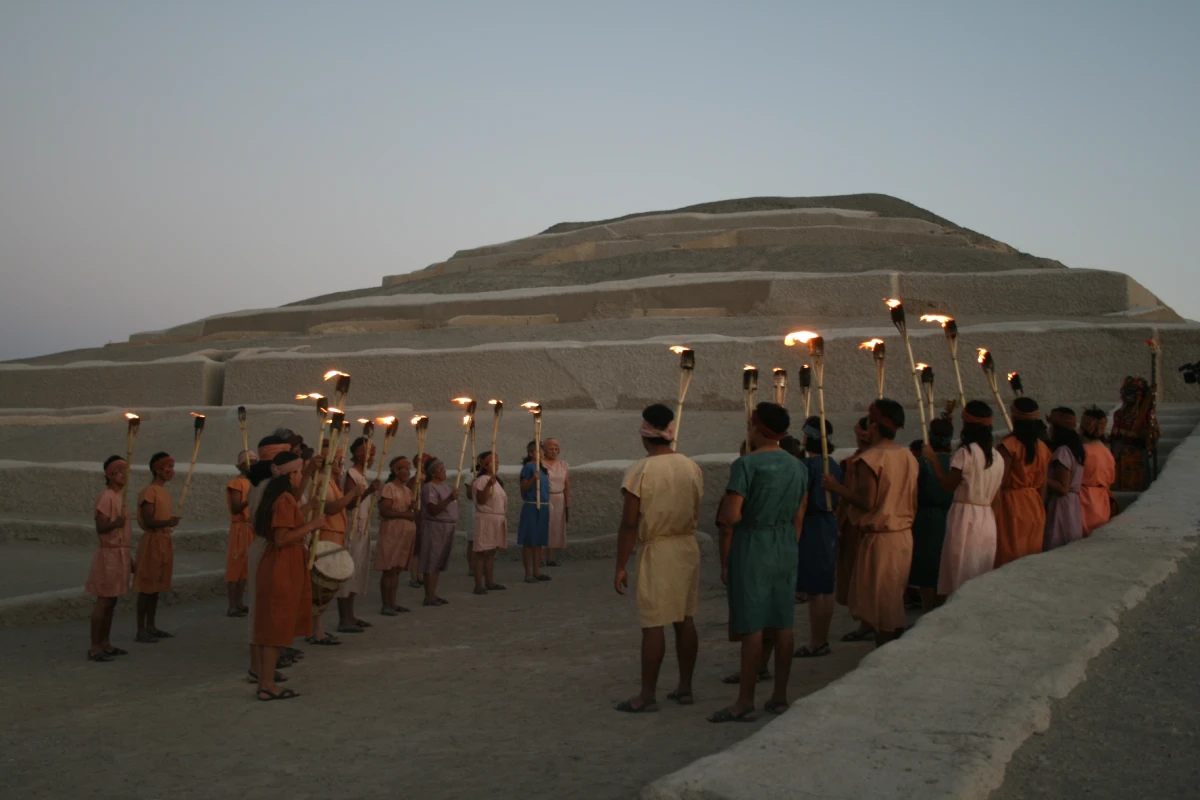
A Magnificent Treasure
To talk about Nasca is to talk about mystery, about symbols etched in the earth, about art, technology, and a profound worldview. The Nasca culture developed over a period spanning from around 400 BC to about 400 AD. Some authors argue that it began at the start of the first millennium and lasted until about 600 AD. What is certain is that this civilization disappeared as such, but left behind an extraordinary legacy we can still experience by visiting:
- The Nasca Lines, gigantic geoglyphs declared a UNESCO World Heritage Site.
- The ceremonial center of Cahuachi, considered the main temple of the Nasca culture.
- The Antonini Museum, which preserves archaeological pieces that allow us to understand how these ancient people lived and thought.
- The Nasca aqueducts, a magnificent achievement of hydraulic engineering that enabled unmatched management of the most precious resource in the region: water.
Nasca: Identity and Pride
We are speaking of a unique heritage in the world, for it combines art, spirituality, engineering, and a close relationship with nature. Its preservation is indispensable. The cultural heritage of Nasca is not just a memory, a phrase, or a specialized concern—it is a bridge that allows us to understand who we were, how we organized ourselves as a society, what values we transmitted through the centuries, and who we are today.
Knowing and valuing cultural heritage fosters pride within local communities. For the inhabitants of Nasca, preserving their legacy means keeping their identity alive and projecting it toward future generations.
Every ceramic piece, every geoglyph, every adobe wall is a page of history still to be deciphered. Cultural heritage offers clues about astronomy, agriculture, art, and spirituality. Protecting it ensures that researchers can continue unveiling its secrets.
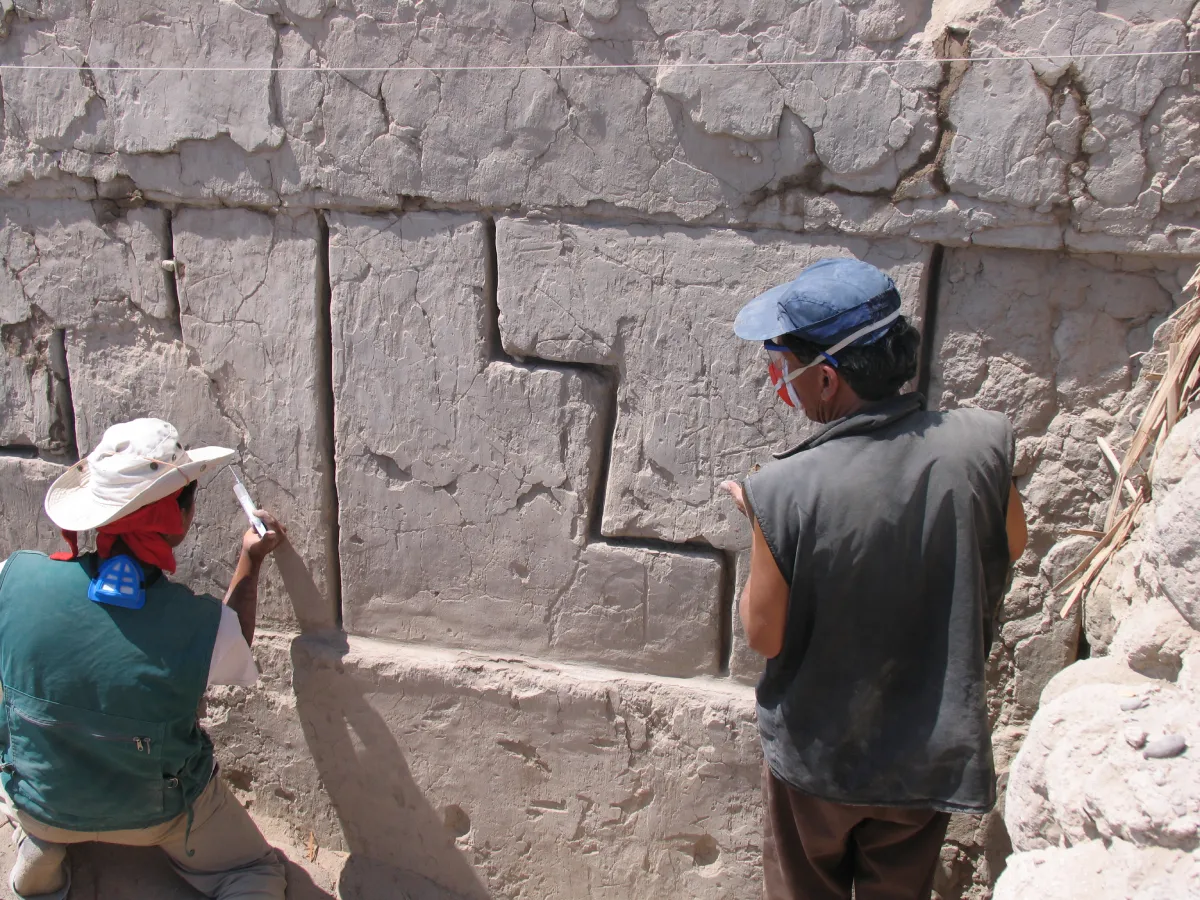
Sustainable Tourism and Shared Responsibility
Cultural tourism in Nasca attracts thousands of visitors from around the world. Conserving these spaces is key to ensuring tourism develops sustainably, benefiting the local economy without destroying what makes it possible.
The cultural appeal of Nasca is extraordinary—not only because it predates Machu Picchu by fifteen centuries, but also because of its location on the coast and the remarkable artistic and cultural achievements it reveals. For example, UNESCO’s declaration of the Nasca Lines as a World Heritage Site means that they do not only belong to Peru, but to all of humanity. Protecting them is a shared responsibility.
Sadly, this treasure is under constant threat. The main risks include:
- Climate change: heavy rains, droughts, and other natural phenomena that damage structures and geoglyphs.
- Unplanned urban growth: expansion of housing or roads near archaeological areas.
- Irresponsible tourism: visitors entering protected areas without control, damaging them or leaving waste.
- Looting and illicit trafficking of artifacts: a historic problem that still affects sites like Cahuachi.
Recognizing these risks is the first step toward facing them and seeking collective solutions.
How Is the Cultural Heritage of Nasca Being Preserved?
In recent years, various public and private institutions have joined efforts to protect this legacy. Some important actions include:
- Ongoing archaeological research, led by Peruvian and international specialists.
- Museums and cultural centers that safeguard original pieces and spread awareness of their importance.
- Educational campaigns aimed at local communities and schools.
- Regulations and laws that protect archaeological sites.
A notable example is the Antonini Museum, which not only displays artifacts of the Nasca culture but also educates visitors about the value of preservation.
As is evident, preserving heritage is not the sole responsibility of archaeologists or authorities. The community plays an essential role:
- Local inhabitants are the natural guardians of the sites. Their daily care makes a difference.
- Students and young people are key to keeping the cultural heritage alive through education and the transmission of values.
- Responsible tourists contribute by respecting rules and spreading the message of protection.
In the end, we are all part of this collective mission. But we cannot preserve what we do not know. That is why outreach and education are fundamental. School programs, guided tours, talks, and educational materials allow new generations to understand the value of Nasca’s cultural heritage and become its defenders.
For a child from Nasca visiting the Lines or the Antonini Museum for the first time, it can be a life-changing experience—one that inspires pride in their homeland. That is what ensures the continuity of preservation.
If You Ever Visit Nasca, Remember That Every Action Counts:
- Respect the rules at archaeological sites.
- Avoid touching or climbing fragile structures.
- Join guided tours to learn more.
- Spread awareness of heritage protection through your social networks.
- Consider supporting organizations that work for its conservation.
The cultural heritage of Nasca is a gift we have received from the past, but also a responsibility for the future. Preserving it means honoring the memory of a magnificent culture that endured for at least 800 years and, it is believed, disappeared due to a climatic event followed by the Wari invasion. A proud and resilient culture that, thanks to rescue efforts and new discoveries, continues to amaze us and enlighten future generations.
Taking care of it is not only an act of convenience or interest—it is also an act of love. Not only for our history and for humanity, but for ourselves. It is AN ACT OF SELF-LOVE.
